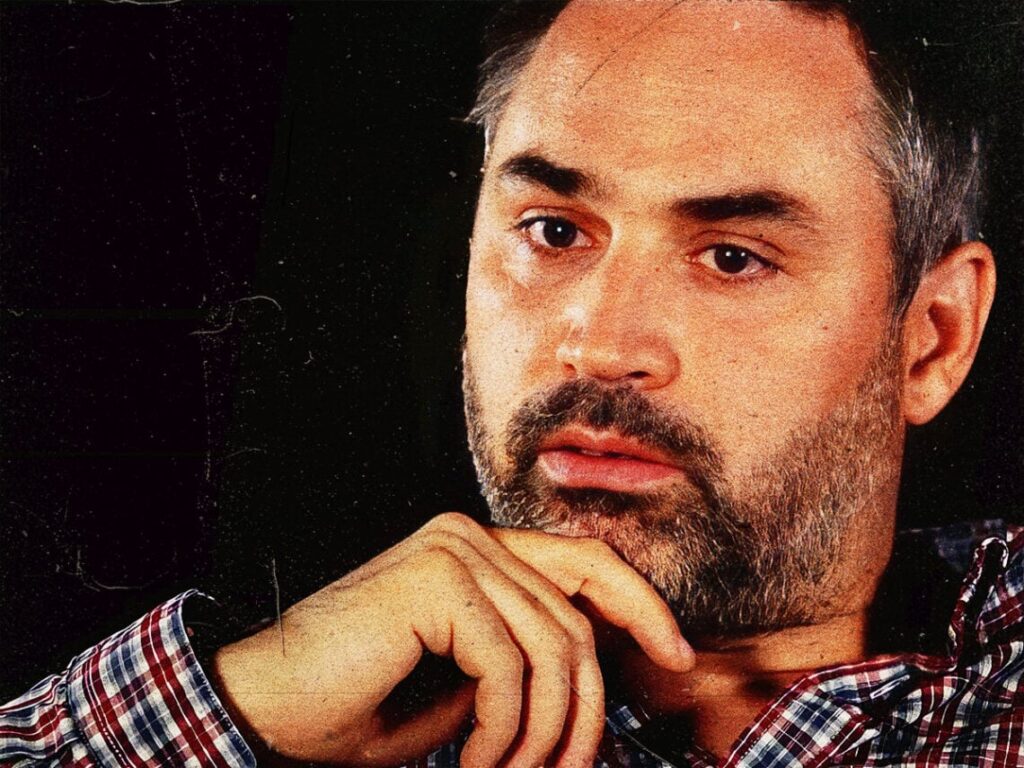Alex Garland explains the ending of ‘Annihilation’
 Posted On
Posted On
(Credits: Far Out / Alamy)
With his directorial debut, Alex Garland immediately cemented himself as a leading figure in modern sci-fi. His sleek style, masterful tension and a particularly captivating neon-lit dance scene set to ‘Get Down Saturday Night’ endeared him to cinema-goers who anxiously awaited his next offering. When Annihilation arrived four years later, they were not to be disappointed.
The film followed Natalie Portman and three of her fellow scientists into The Shimmer, an other-worldly stretch of mutated land inhabited by terrifying bears and alligators. Somewhere amidst the psychedelic imagery and horrifying mutations, the story finds space for the weight of human grief and emotion. It’s a stunning movie that cemented Garland’s place within the genre, with much of its praise spawning from its final moments.
After we’ve followed Portman’s Lena through The Shimmer, watching her lose each of her co-explorers one by one, we eventually reach a lighthouse. As Lena enters, the film launches into hallucinatory and psychedelic imagery. Confronted by a humanoid who takes on her image, Lena dances with her double as the score anxiously vibrates around them.
Garland had planned this ending from the very conception of Annihilation. In fact, it was the first idea he settled on. “The end of the film was the thing I was first clear about, and the rest of the film is really in service of the end of the film,” he explained during an appearance at the Toronto International Film Festival, “It is all trying to earn it, really.”
He maintained that the choreographed sequence couldn’t merely act as a firework display but had to be “grounded”. The director precisely planned the build-up to this moment to ensure that the film was worthy of it, sprinkling in elements of oddity without spoiling the breathtaking capabilities of the scene.
“We’re going to go from suburbia to psychedelia,” he told people while explaining the film, “You give a sense of familiarity, which you can then progressively make stranger and land the ending in a way that you couldn’t do if you started the film strange, because if you started and ended strange, you’d get a kind of diminishing return along the way.”
Garland believed that if the psychedelia had been present throughout the film, it would have lessened the effect of those final moments. “You’d be acclimatised to the psychedelia and it wouldn’t actually be trippy,” he suggested, “It would feel oddly, paradoxically, it would feel sort of domestic and suburban by the end of it, because of the way you’re used to it.”
So, instead of committing to the strangeness and psychedelia throughout the film, Garland infused the story with it once every so often – in the terrifying shot of Kane’s co-explorers swirling insides, in the tension of the bear scene – to tease those final moments without reducing their impact. The result was a film that wholly earned its ending and one of the most interesting sci-fi movies in modern memory.
Revisit the scene below.
[embedded content]

